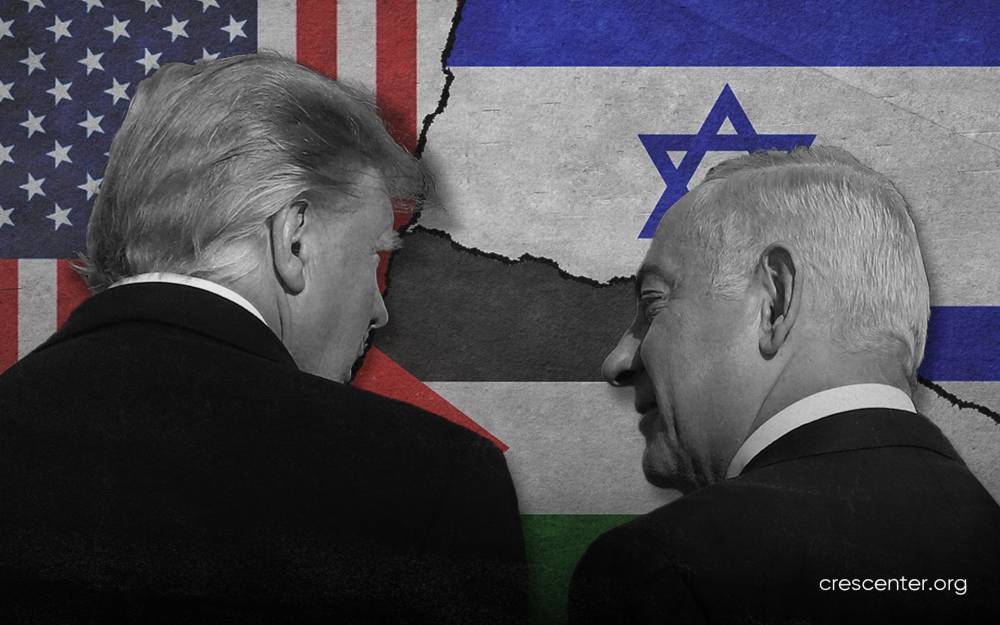The future of the Gaza ceasefire remains as uncertain as the Trump administration’s broader plans for the region. Since the start of the war, it has been evident that Israel’s government, especially far-right factions within it, would be more than happy if Egypt opened its borders and took Gazans in, effectively giving Israel the long-sought opportunity to remove Palestinians from Gaza and settle the area with Jewish settlers. This would put an end to the possibility of a Palestinian state with Gaza as part of its territory. Thus, it can be said that in one way what is unfolding now is a fight for the future of the Strip, as Israel, Hamas, the Palestinian Authority, and—suddenly and surprisingly—Donald Trump himself appear to be interested in acquiring the land.
Trump’s recent statements about the US “taking over” Gaza and his vague but provocative remarks about relocating Palestinians have brought renewed attention to an old idea championed by the Israeli right and its US backers: the forced displacement of Gaza’s population to Arab countries. While his words may appear outlandish or unserious, they reflect the underlying goals of some factions in Israel and the United States who see the current war as an opportunity for a final push to remove Palestinians from Gaza altogether.
However, it is unclear how serious Trump is about this proposal or whether his administration’s position has been coordinated with Israel. His remarks could simply be a negotiating tactic, a move to provoke reactions, or a genuine policy consideration within his inner circle. As things stand, much remains unknown. What is more immediate, however, is the uncertainty surrounding the ceasefire deal’s second phase.
Some factions within the Israeli government want to proceed with the next stage of the ceasefire negotiations, while others prefer to maintain the status quo of sporadic fighting and continued military operations. Hamas, on the other hand, increasingly sees little incentive to continue with a deal in which it is neither acknowledged as a legitimate party nor granted any role in Gaza’s future governance. If the current negotiations collapse, there is a growing possibility of a return to the previous cycle of violence, with both Israel and Hamas regrouping and preparing for the next phase of the conflict.
As for Trump’s broader Middle East agenda, his second term has started with mixed signals. He has repeatedly expressed his willingness to engage with Iran for a comprehensive deal, as well as to push forward a Saudi-Israeli normalization agreement in line with the Abraham Accords. However, the past week has demonstrated that his plans are already facing serious roadblocks. Iran’s Supreme Leader, Ali Khamenei, has categorically rejected any overtures from the United States, and Saudi Arabia has taken a firm stance against Trump’s Gaza proposals. The Kingdom has also reiterated that it will not normalize relations with Israel without a clear pathway toward Palestinian statehood. These setbacks indicate that Trump’s Middle East plans are far from materializing.
It has not even been a month since Trump’s return to the Oval Office, making it premature to draw definitive conclusions. However, it is clear that the region is entering yet another period of unpredictability. With Trump’s mercurial nature—whether by design or simply as a reflection of his personal style—combined with an administration keen on reducing US military involvement in the Middle East, we may see even bolder statements and abrupt shifts in policy. For now, however, the most immediate reality is continued Israeli brinkmanship, a divided US administration, and a president whose approach to foreign policy often resembles a high-stakes reality show rather than a carefully crafted diplomatic strategy.

